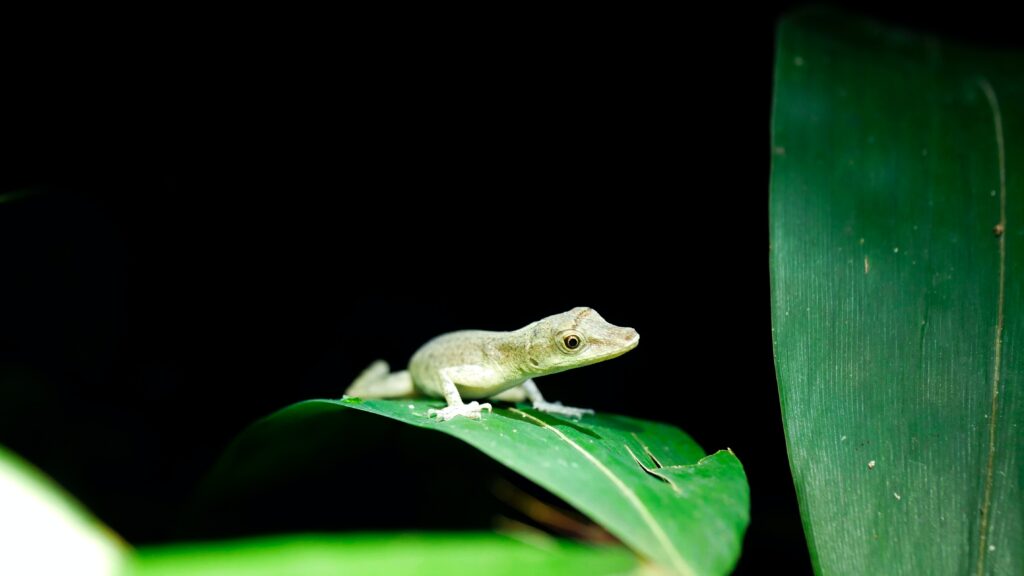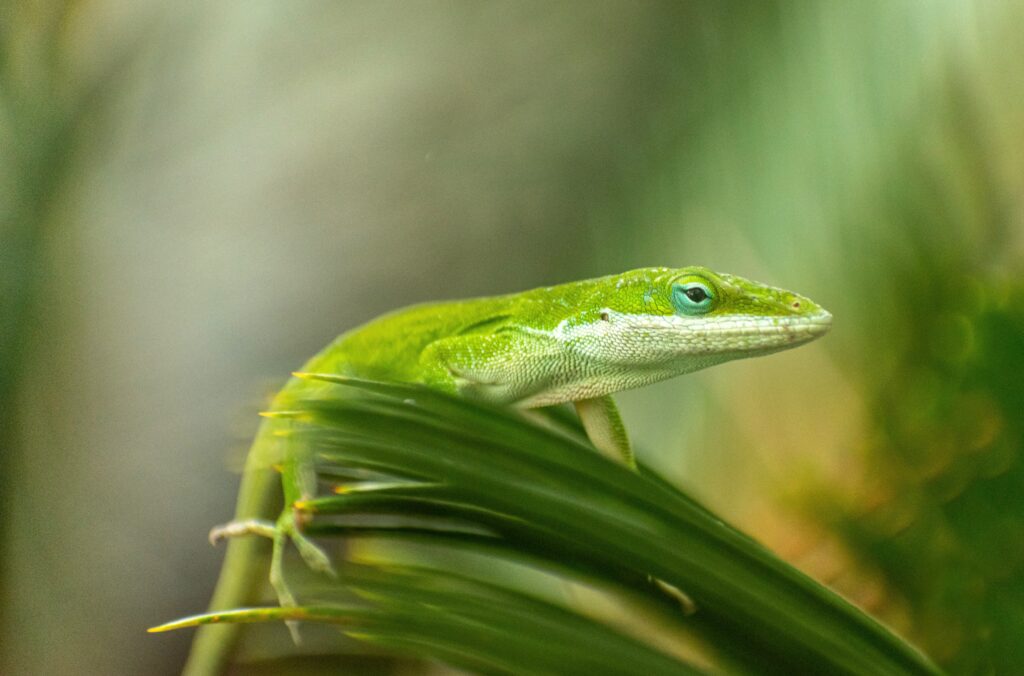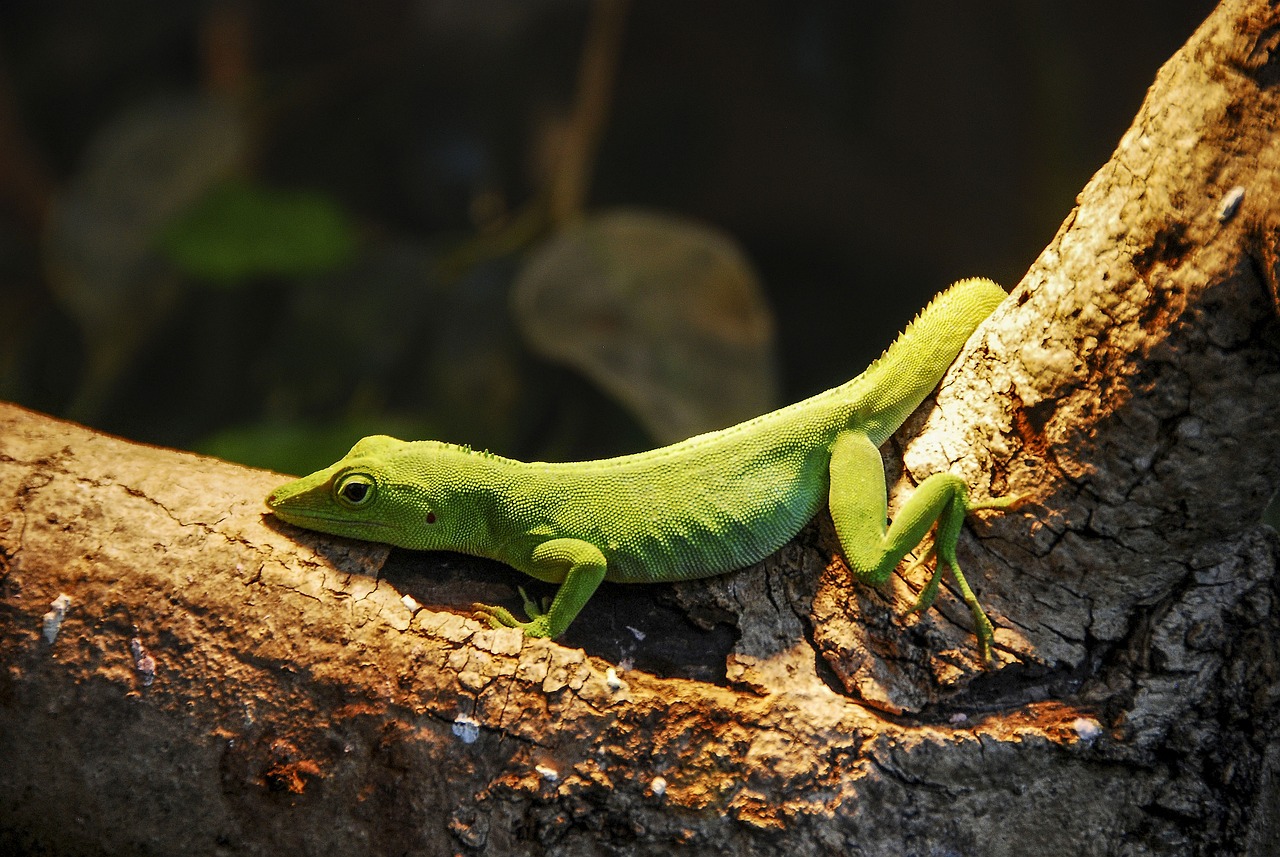Q&A Blog | World Lizard Day
Jonathan Losos
Check out this World Lizard Day Q&A blog with Dr. Jonathan Losos, an evolutionary biologist, professor, researcher and author known for his work on how lizards rapidly adapt to their environments! From Harvard Gazette features to Science Magazine insights, his captivating work and documentaries illuminate the wonders of these fascinating creatures.
Q&A Blog
Published August 14, 2023
Header Image: https://biology.wustl.edu/people/jonathan-losos
Take a look at Dr. Losos’ homepage to learn more about his research and latest book, The Cat’s Meow: How Cats Evolved from the Savanna to your Sofa!
In one of your latest books, “Improbable Destinies,” you explore the concept of convergence in the big story of life. Could you share some examples from your research on anoles and stickleback fish that highlight how convergence has shaped the diversity of life on Earth?
Convergent evolution is the phenomenon of species independently evolving to be similar. Often, perhaps usually, this is the result of natural selection favoring the same adaptations in multiple species. Convergence is usually thought of as occurring when two species evolve to be similar, but there’s a higher-order convergence that occurs when groups of organisms diversify in similar ways. In stickleback fish, for example, an ancestral species has diverged into two descendant species in six different Canadian lakes. In each instance, one of the species is adapted to living in open water and the other to living near the bottom of the lake. The six open water fish have converged to be very similar to each other, as have the six bottom-dwellers.
Anolis lizards have done the same thing to an even greater extent on the large islands of the Caribbean (Cuba, Hispaniola, Jamaica and Puerto Rico). On each of the islands, the anoles have diversified independently (that is, there has been very little interchange of species across islands), producing species specialized to different habitats, such as a “twig” anole, a “trunk-ground” anole and a “grass-bush.” Most remarkably, the same set of habitat specialists has evolved independently on each island (though Puerto is lacking one of the six habitat specialist types and Jamaica is lacking two of them).
Incidentally, I should point out that Improbable Destinies is not my latest book. That honor is held by The Cat’s Meow: How Cats Evolved from the Savanna to Your Sofa, which appeared in May of this year.

Your work on Anolis lizards and their adaptive radiation across the Caribbean islands has significant implications for understanding adaptation through natural selection. What are some key findings from this research that shed light on the mechanisms of adaptation in response to varied environments?
Our research and that of many others has demonstrated that coexisting anole species tend to compete strongly for food. This competition tends to drive species to evolve adaptations to use different parts of the habitat to minimize resource competition.
During your years of researching lizards, can you recall an incident you’ve experienced that you’ll never forget?

Your film “Lizards in an Evolutionary Tree” highlights the remarkable diversity of Anolis lizards in the Caribbean. How does studying these lizards enrich our understanding of broader evolutionary processes, such as the factors that drive speciation and niche differentiation?
The film is a fabulous mini-documentary made by the Howard Hughes Medical Institute for use in high school and biology classes. I think they did a great job and can’t claim any credit for it, though it was fun to help them put something together illustrating how anoles illustrate the evolutionary principle of adaptive radiation and how scientists use techniques as disparate as molecular systematics, field observations and even evolution experiments to study how evolutionary differentiation occurs.
With the Caribbean islands serving as a natural laboratory for studying evolution, how does the diversity of habitats and ecological niches within the region provide unique opportunities for your research on anoles?

Your research has showcased the interconnectedness of various biological disciplines. Can you describe how your work bridges the gaps between ecology, evolution, and genetics, and how this integrative approach has advanced our knowledge of evolutionary processes?
In recent years, biologists have come to realize that evolution and ecology are not distinct scientific disciplines. Rather, the processes that occur over ecological time produce evolutionary change. Moreover, the changes that have occurred in the past as a result of evolution affect how ecological communities are structured and how species interact today. Moreover, we’ve also come to realize that evolution can occur very rapidly when natural selection pressures are strong, so quickly that evolutionary change can be studied over short time scales. In other words, ecological and evolutionary time scales are not very distinct–the two processes can and should be studied together. Work on anoles by my lab and others has been one of the study systems that has helped shape this new view.
